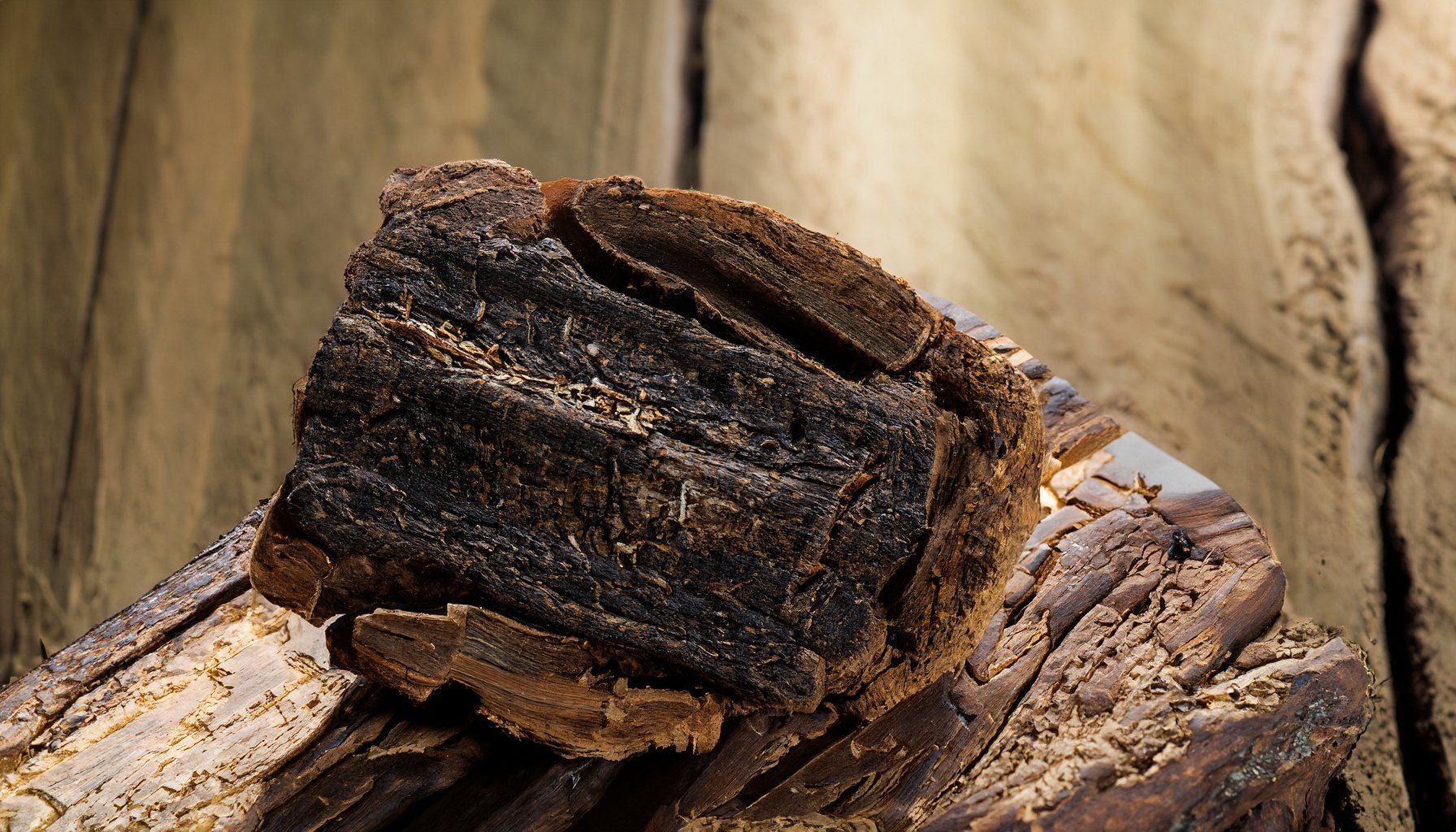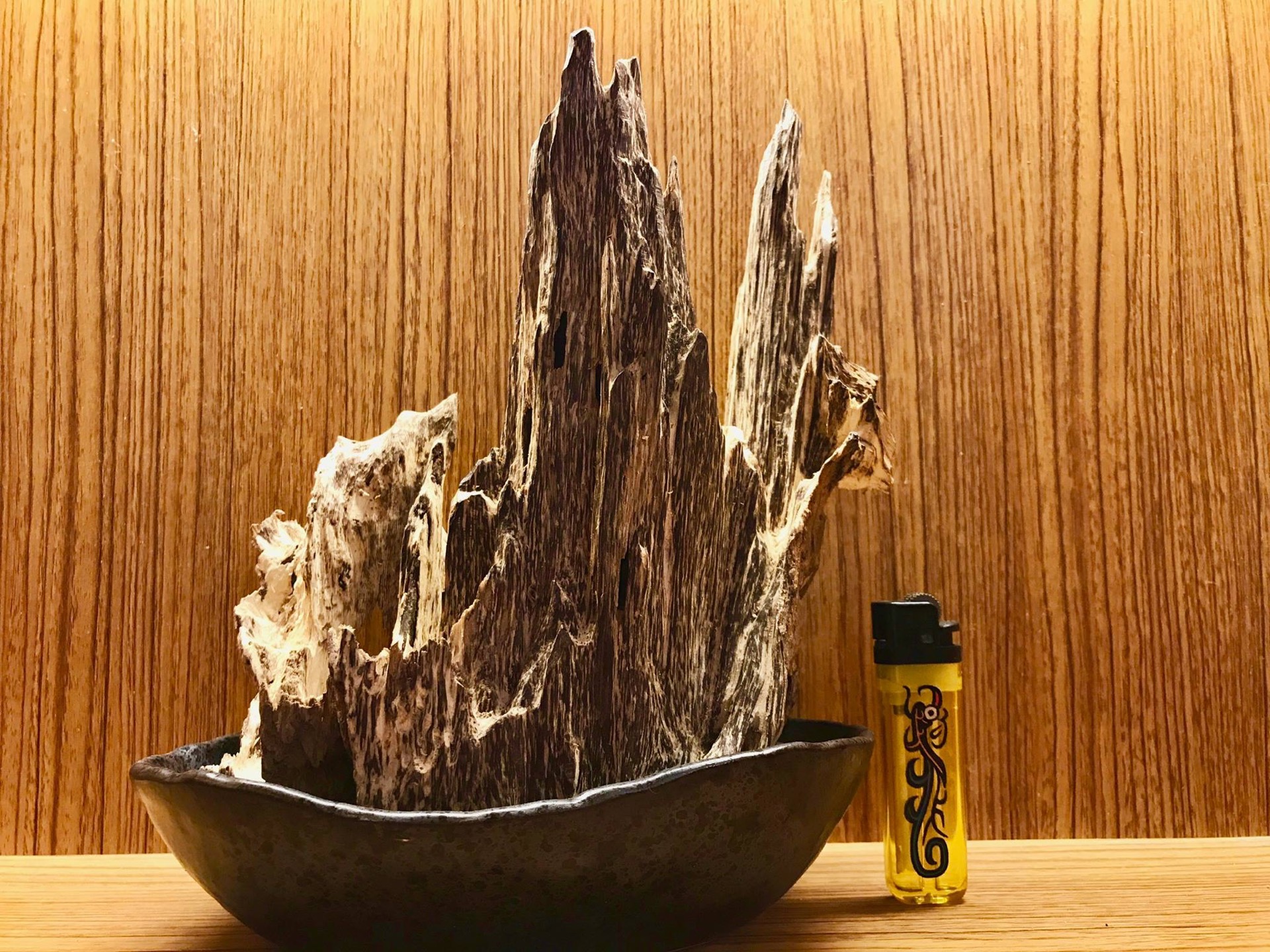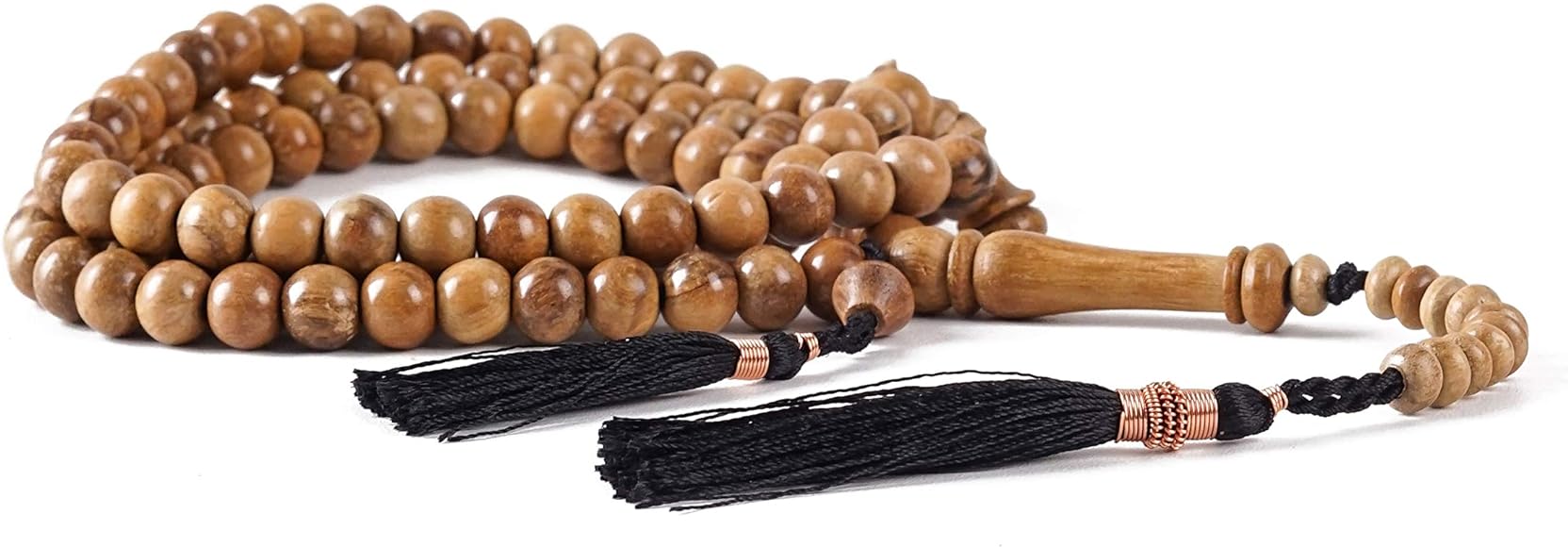The True Value of Agarwood – Understanding it Right
When it comes to agarwood, not everyone truly understands or can distinguish between its various types.

Agarwood is nature’s precious child
Agarwood is nature’s precious child, a result of external factors such as insect infestation, bomb attacks, natural disasters, or meticulous pruning causing the tree’s core to develop wounds. Subsequently, the tree secretes resin to heal these wounds. Over decades, even centuries, interacting with fungi and compounds within this resin, agarwood forms.
Agarwood exudes a warm, deep, and lingering fragrance, leaving an indelible mark on those fortunate enough to experience its aroma.

Agarwood market nowadays
However, the current agarwood market perplexes buyers as distinguishing between authentic and fake agarwood poses a challenge. Only those well-versed and experienced in agarwood can accurately discern its types.
The scent of authentic agarwood differs significantly from fake variants, exuding a gentle and pleasant aroma without any acrid notes. Conversely, burning fake agarwood emits an unpleasant acrid odor, potentially causing skin irritations.

How many types of agarwood exist today?
Presently, three types of agarwood are prevalent in the market: cultivated agarwood, chemically-treated agarwood, and wild agarwood.
Cultivated agarwood is harvested from Aquilaria trees cultivated for approximately 8 to 10 years. The creation process involves stripping the tree’s bark and applying acidic compounds to induce wound formation. After 12 to 18 months, the tree is harvested, and the thin layer containing cultivated agarwood is extracted. Due to its artificial nature, cultivated agarwood is prone to fragility and discoloration over time. However, it boasts a beautiful black hue, a pleasant aroma, a substantial weight, and cost-effectiveness.
Chemically-treated agarwood involves crafting agarwood beads from untreated agarwood trees or other wood types. These beads are then saturated with chemical agarwood oil under high pressure, resulting in dark, indistinct beads. When used, chemically-treated agarwood emits a strong, sharp, and unpleasant aroma, potentially causing allergic reactions in sensitive individuals. Over time, the initial scent and color tend to fade.
Wild agarwood is extracted from Aquilaria trees naturally infected over decades, growing in mountainous forest regions without any chemical interference. Extracted through traditional methods such as drilling, incising, or allowing small animals like squirrels to nest on the tree’s trunk, or creating wounds at the tree’s base, wild agarwood forms over years, influenced by rainwater and natural fungi.

How is the value of agarwood determined?
The valuation of agarwood is based on the agarwood oil content in the product. Additionally, the origin of the agarwood influences its value, with Vietnamese agarwood being highly esteemed globally, followed by agarwood from Myanmar, Laos, Brunei, Thailand, Cambodia, Malaysia, and Indonesia.

What are the benefits of agarwood?
The warm fragrance of agarwood induces relaxation and comfort. Regular use can reduce stress, maintaining a refreshing and efficient mental state.
Agarwood is particularly beneficial for health through inhalation, ingestion, and bathing. It possesses excellent antibacterial and anti-inflammatory properties. In traditional medicine, agarwood is known for its digestive healing properties and its ability to enhance vitality.
Moreover, agarwood is a precious item with multifaceted Feng Shui benefits. Therefore, it is used in jewelry like bracelets and necklaces. Agarwood absorbs the essence of heaven and earth, emitting a gentle and pure aroma. Its fragrance can dispel negative energy, resolve unfavorable circumstances, and attract prosperity. Additionally, agarwood stores positive energy reserves.

 Hotline: 0927 323 888
Hotline: 0927 323 888












